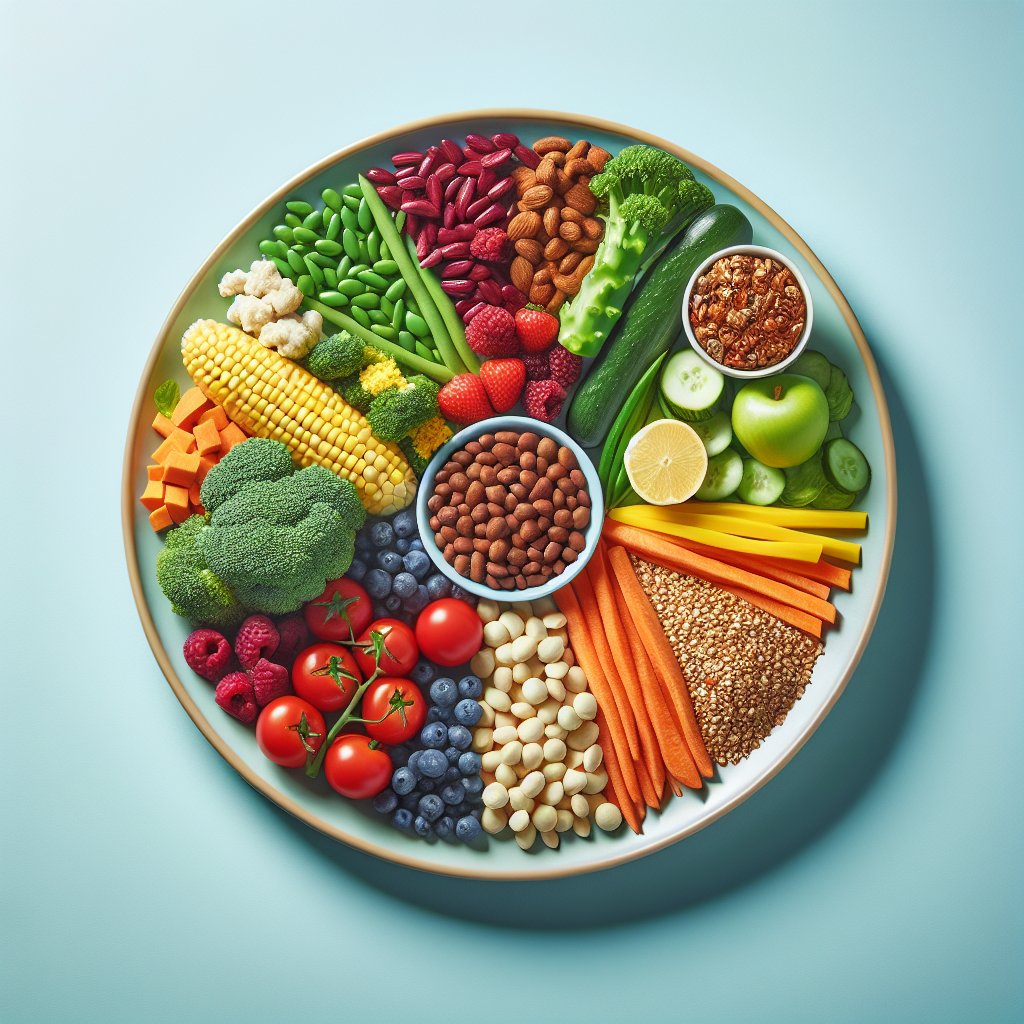The Impact of Nutrient-Rich Foods on Physical Health
Nutrient-rich foods play a crucial role in promoting overall health and well-being, particularly when it comes to their impact on physical health. Consuming a diet that is abundant in essential nutrients such as vitamins, minerals, protein, and healthy fats is linked to numerous benefits for the body.
These foods provide the necessary building blocks for maintaining and repairing tissues, supporting the immune system, and optimizing various bodily functions. Nutrient-rich foods, including fruits, vegetables, lean proteins, whole grains, and healthy fats, have been associated with reduced risk of chronic diseases such as heart disease, diabetes, and obesity.
Furthermore, the consumption of nutrient-dense foods supports physical health by aiding in weight management, providing sustained energy levels, and promoting proper growth and development. The vitamins and minerals found in these foods play specific roles in maintaining bone health, cognitive function, and a strong cardiovascular system.
Incorporating nutrient-rich foods into a well-balanced diet not only supports physical health but also contributes to overall vitality and longevity. By focusing on a variety of whole, unprocessed foods, individuals can harness the power of nutrients to nourish their bodies and enhance their physical well-being.
The Connection Between Diet and Mental Well-being
It is widely recognized that a nutrient-rich diet plays a crucial role in promoting overall health and well-being. In recent years, there has been a growing body of research focusing on the connection between diet and mental well-being. Studies have shown that consuming a balanced diet rich in essential nutrients such as vitamins, minerals, and antioxidants can have a positive impact on mental health.
Key nutrients such as omega-3 fatty acids, found in fish, and folate, found in leafy greens and legumes, have been linked to lower rates of depression and improved mood. Additionally, the gut microbiome, which is influenced by the foods we eat, has been implicated in the regulation of mood and cognitive function. Consuming a diet high in fiber, prebiotics, and probiotics can help support a healthy gut microbiome, which in turn can benefit mental well-being.
Furthermore, nutrient-rich foods can provide the energy and nourishment necessary for proper brain function, including the production of neurotransmitters that regulate mood and stress levels. By emphasizing the consumption of whole foods such as fruits, vegetables, whole grains, lean proteins, and healthy fats, individuals can support their mental well-being alongside their physical health.
In conclusion, the link between diet and mental well-being is clear, and prioritizing nutrient-rich foods is essential for promoting overall health and emotional balance. By making informed dietary choices, individuals can empower themselves to support their mental well-being through the power of nutrition.
Incorporating Nutrient-Rich Foods into Your Daily Routine
Incorporating nutrient-rich foods into your daily routine is essential for promoting overall health and well-being. Nutrient-rich foods provide the body with vital vitamins, minerals, and other nutrients that are necessary for optimal functioning. When planning your meals, it’s important to include a variety of nutrient-dense options such as fruits, vegetables, whole grains, lean proteins, and healthy fats.
One way to incorporate nutrient-rich foods into your diet is by starting your day with a balanced breakfast. Including foods such as whole grain toast, Greek yogurt, and fresh berries can provide essential nutrients to fuel your body and mind. Additionally, incorporating leafy greens, cruciferous vegetables, and colorful fruits into your meals ensures a rich supply of vitamins, antioxidants, and fiber.
Lean proteins, such as poultry, fish, tofu, and legumes, offer essential amino acids for muscle repair and growth. Meanwhile, healthy fats from sources like avocados, nuts, and olive oil provide heart-healthy benefits. By diversifying your food choices, you can ensure that your body receives the wide range of nutrients it needs to thrive.
Incorporating nutrient-rich foods into your daily routine doesn’t have to be challenging. Simple strategies such as meal prepping, trying new recipes, and being mindful of portion sizes can help you make healthier choices. Snacking on nutrient-dense options like raw vegetables with hummus or a handful of nuts can also contribute to meeting your daily nutrient requirements.
Ultimately, prioritizing the incorporation of nutrient-rich foods into your daily meals supports overall health and well-being. Making conscious choices to include a variety of nutrient-dense foods in your diet can lead to long-term health benefits, increased energy levels, and a reduced risk of chronic diseases.




























